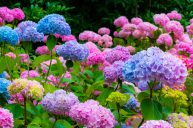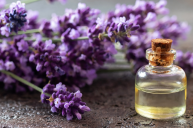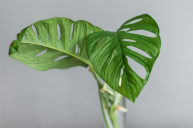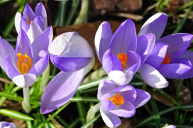When you hear the word deadhead, your brain may immediately drift to tie-dye, peace & love, and endless instrumental music. But bring your focus back to gardening. Yes, gardening. We are talking about hydrangeas-the fluffy rounded flowering shrub that can produce flowers by the dozens with the right care.
Deadheading is the gardening term for removing old or spent blooms. Similar to pruning, when you snip just the dead blossoms off with a good pair of pruners, the hydrangea plant's energy will be be shifted from seed production to new growth instead.
There are two main types of Hydrangeas. Hydrangea Arborescens (aka smooth hydrangeas) and Hydrangea Paniculata (aka peegee or panicle hydrangeas). Both types are hardy in very cold weather or extreme heat with the right care.
When should you deadhead hydrangeas?
Throughout the blooming season, you should be deadheading the dead blossoms. Follow the stem down to just above the first set of leaves that are directly across from each other. This is where you want to snip to encourage new growth.
Deadheading will clean up the overall look of your hydrangeas in addition to preparing it for next year. The hydrangea growing season starts in early spring. Gardeners get to enjoy cutting longer stems off the shrub, showcasing the hydrangea blooms in vases. Deadheading should take place in early summer to help promote growth.
After August, your hydrangea is probably growing new buds for next year. It's a resilient, optimistic plant! Run your fingers down the stem before cutting to feel for the bulge of any new flower buds. Make sure to cut a safe distance above any bumps you feel or see.
When should I stop deadheading?
So now winter is on the way and you have a shrub full of brown blossoms. Mid to late fall is when you should put down the clippers and resist the urge to snip. There are most likely buds just beneath the brown dead blossoms. The dead blossoms will act like an umbrella for these baby flower buds, adding more protection from the cold, frost, and snow.
Even though hydrangeas are known to be a hardy plant, protecting new growth for next year is always the challenge of winter. Many gardeners find a natural beauty in the dried blossoms too. The big brown flower heads can add a dramatic look to a winter garden, especially covered in snow.
Some species bloom on last year's stem growth which gardeners call "old wood." The old wood contains the flower buds for the following summer. The most popular American hydrangeas like the mophead, bigleaf (aka macrophylla), oakleaf, and lacecap all bloom on old wood. If you prune your shrub too low, you'll get fewer blooms next spring. Deadheading is often enough to keep the shape and strength.
Watch: Painting Hydrangeas
https://rumble.com/embed/vb994p/?pub=7gve




